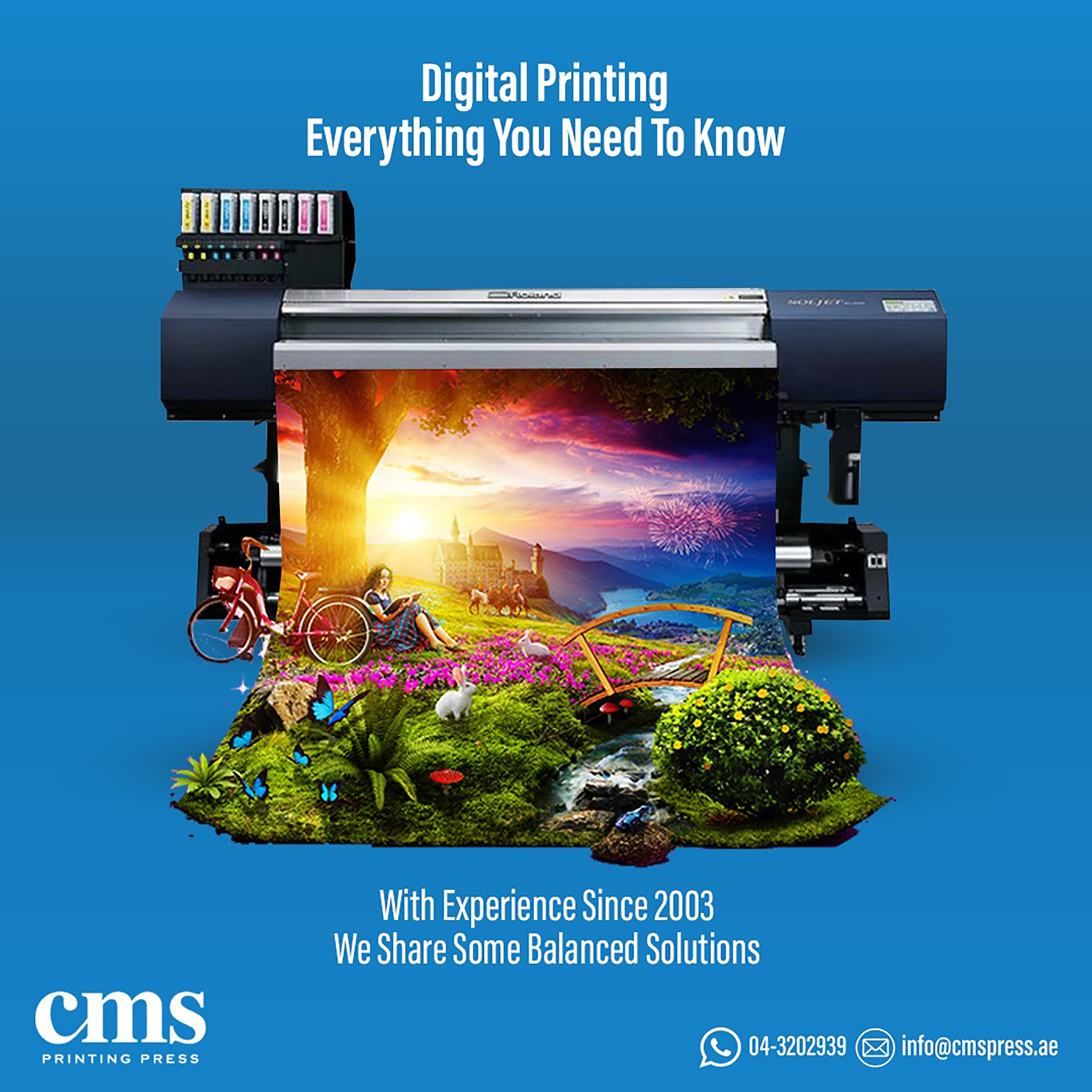Stay ahead with smart pricing strategies in print on demand stores.
Wiki Article
Understanding How Digital Printing Revolutionizes the Printing Industry
The printing sector, long soaked in conventional methods, is going through an extreme change with the arrival of electronic printing. With its prospective to spur involvement through personalized content and to offer sustainable options, it's clear that digital printing is more than a technical innovation; it's a crucial video game changer.The Evolution of Digital Printing: A Quick Overview
Given that its inception, digital printing has actually undertaken considerable changes, consistently transforming the printing industry. With the introduction of the 90s, electronic printing modern technology began to mature, and the market observed the introduction of straight imaging presses, which got rid of the need for publishing plates. As the brand-new millennium unravelled, developments in technology further spurred the growth of digital printing, leading to the creation of high-speed inkjet printers.
Unloading the Modern Technology Behind Digital Printing
Delving into the complexities of electronic printing innovation, one comes across an abundant tapestry of advanced equipment and facility algorithms. At the heart of this procedure lies a digital picture, which is refined by software that divides it into a grid of dots. This elaborate system, strengthened by innovative software application and high-resolution imaging, has changed the landscape of the printing sector, leading the way for extraordinary degrees of detail and accuracy.
The Benefits of Digital Printing for Companies
Understanding the modern technology behind digital printing gives a clear image of its precision and detail. For businesses, this equates into numerous benefits. First of all, electronic printing supplies unprecedented speed, allowing firms to fulfill tight target dates without jeopardizing on quality. Next, it decreases expenses as there are no plates or physical configuration, making it ideal for small-volume printing tasks. This innovation provides superior consistency with each print output, removing variations often seen in typical approaches. Lastly, electronic printing is eco check my source pleasant, making use of less ink and creating much less waste. The full possibility of electronic printing is recognized when made use of for personalization and customization, a topic that will certainly be covered in deepness in the following area.The Role of Digital Printing in Modification and Personalization
While click site conventional printing approaches have problem with customization and personalization, digital printing stands out in these areas. It permits the simple modification of layouts, without the demand for expensive and time-consuming plate modifications (print on demand). This enables businesses to tailor products to individual customers, conference particular demands and boosting customer complete satisfactionDigital printing likewise permits variable information printing, where aspects such as message, graphics, and images may be changed from one printed piece to the following, without reducing the printing process. This is particularly valuable for straight advertising campaigns, where individualized messaging can dramatically enhance response prices. By doing this, digital printing page not just changes the printing industry but also transforms the way businesses communicate with their consumers.
Analysing the Environmental Impact of Digital Printing
Although electronic printing has been admired for its function in personalization and customization, it is vital to examine its ecological impact. Digital printing can be much less wasteful than conventional methods, because it operates a 'print as needed' basis, eliminating the need for huge print runs that can lead to surplus and waste. In addition, it makes use of fewer chemicals and generates less unstable natural substances (VOCs) compared to counter printing. The energy use of electronic printers can be high, leading to increased carbon footprint. The use of non-recyclable printing components and the difficulty of e-waste management pose significant ecological concerns. While digital printing has many benefits, its ecological influence has to be conscientiously handled.Conclusion
In conclusion, electronic printing has transformed the printing sector, offering rapid, affordable, and high-grade solutions - print on demand. Comprehending these changes is vital for services to leverage the advantages of electronic printing effectively.Report this wiki page